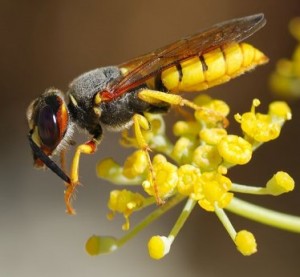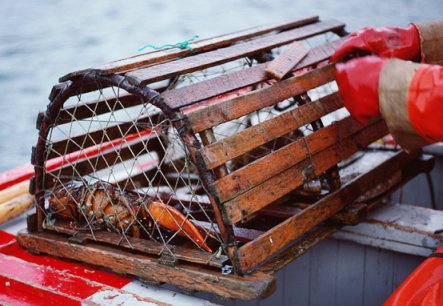Josiah, a frequent commenter on this blog, asked an excellent question in a post on my previous entry. I started to reply to his question, but I realized the answer would make a good blog entry. Josiah asked whether or not “cooperative relationships in the animal world” are a problem for evolution. He doesn’t think so, but the author of one of his homeschool books thinks it is. What do I think?
Well, let’s start with the terminology. A relationship between two or more individuals from different species is called symbiosis. However, that word has grown to refer to different kinds of relationships. It can refer to a relationship in which all participants benefit, a relationship in which only one participant benefits but the others are not harmed, or a relationship in which one benefits and another is harmed. Thus, to specifically talk about cooperative relationships, we use the term mutualism, which refers specifically to a relationship in which all participants benefit.
Josiah mentioned a couple of examples of mutualistic relationships. One was the tick bird, which eats ticks off a rhino’s skin. This is beneficial to the rhino, which becomes relatively “tick free,” and it is obviously beneficial to the bird, as the bird has a fairly safe place to find food. The tick birds also warn each other (and the rhinos) about any incoming danger. The other example was the single-celled protistans (flagellates) that live in a termite’s gut and digest cellulose. The termite (indeed, all multi-celled animals of which I am aware) cannot digest cellulose on its own, and since wood is 50% cellulose by mass, this would be a problem for an animal that eats wood. However, the flagellates in a termite’s gut digest the cellulose, which allows the termite to eat wood. Obviously, both participants benefit in this relationship. Are these kinds of situations a problem for evolution?
Continue reading “Great Question, Josiah!”


